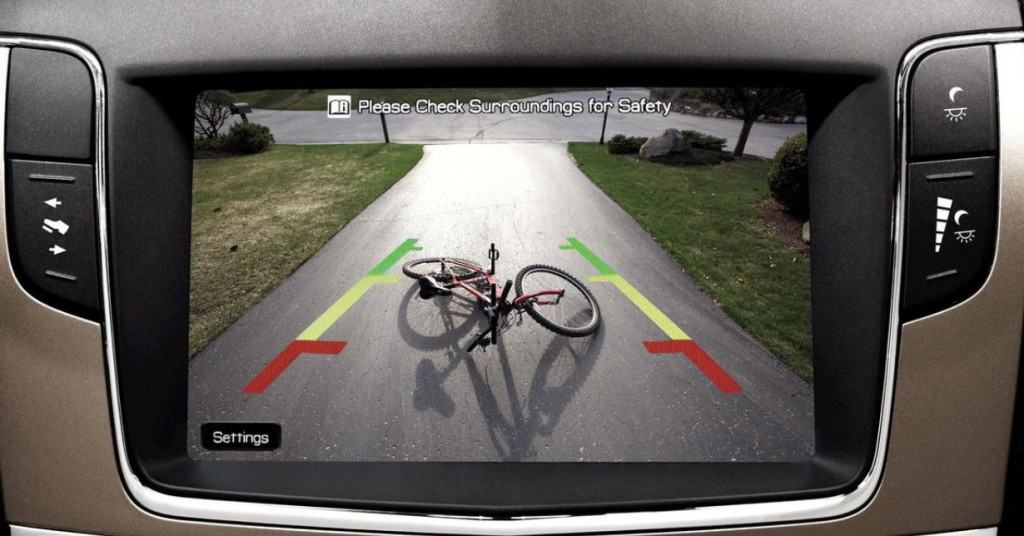 As leaders in consumer advocacy, traffic safety and industry advice, four organizations – AAA, Consumer Reports, J.D. Power and the National Safety Council – have come together to adopt standardized naming for advanced driver assistance technology (ADAS) in an effort to reduce confusion. To help educate consumers on the benefits, limitations and proper use of these technologies, the four organizations are calling on all safety organizations, automakers and journalists covering the automotive industry to join them in adopting these terms.
As leaders in consumer advocacy, traffic safety and industry advice, four organizations – AAA, Consumer Reports, J.D. Power and the National Safety Council – have come together to adopt standardized naming for advanced driver assistance technology (ADAS) in an effort to reduce confusion. To help educate consumers on the benefits, limitations and proper use of these technologies, the four organizations are calling on all safety organizations, automakers and journalists covering the automotive industry to join them in adopting these terms.
Automotive technology continues to evolve quickly with 93% of new vehicles offering at least one advanced driver assistance system (ADAS) feature. Earlier this year, AAA research found that consumers are faced with as many as 20 names for a single ADAS feature, varying by vehicle manufacturer. This can cause confusion. And while the technology has the potential to improve safety and save lives, the terminology often seems to prioritize marketing over clarity.
The four organizations have agreed on standardized naming that is simple, specific and based on system functionality.
At this time, five categories have been created to group technology by type. The naming list will be continually refined as these organizations work with stakeholders and policymakers and as new systems come to market. For details on the full list:
Collision Warnings
Blind Spot Warning– Detects vehicles to rear in adjacent lanes while driving and alerts the
driver to their presence.
Forward Collision Warning -Detects impending collision while traveling forward and alerts driver.
Some systems include pedestrian or other object detection.
Lane Departure Warning -Monitors vehicle’s position within driving lane and alerts driver as the
vehicle approaches or crosses lane markers.
Parking Obstruction Warning – Detects obstructions near vehicle during parking maneuvers.
Rear Cross Traffic Warning – Detectsvehicles approaching from the side and rear of vehicle while traveling in reverse and alerts driver.
Collision Intervention
Automatic Emergency Braking – Detects potential collision while traveling forward, provides forward collision warning and automatically applies the brakes to avoid orlessen the severity of impact. Some systems include pedestrian or other object detection.
Automatic Emergency Steering – Detects potential collision and automatically controls steering to avoid or lessen the severity of impact. Some systems include pedestrian or other object detection.
Rear Automatic Braking Detects potential collision while traveling in reverse and automatically applies the brakes to avoid or lessen the severity of impact. Some
systems include pedestrian or other object detection.
Parking Assistance
Active Parking Assistance – Controls steering and potentially other functions during parking. Driver may be responsible for acceleration, braking and gear position. Some
systems are capable of parallel and/or perpendicular parking.
Remote Parking – Parks vehicle without driver being physically present inside the vehicle. Automatically controls acceleration, braking, steering and shifting.
Other
Automatic High Beams – Switches between high and low beam headlamps automatically based on lighting, surroundings and traffic.
Backup Camera – Provides view of area behind vehicle when in reverse. Could include trailer assistance, a system that assists drivers during backing maneuvers with a trailer attached.
Driver Monitoring – Monitors drivers to determine if they are actively engaged in the taskof driving. Some systems monitor driver’s eye movement and head position.
Head-Up Display – Projects image of vehicle data and/or navigational info into the driver’s forward line of sight.
Night Vision – Aids driver vision at night by projecting enhanced images oninstrument cluster or head-up display.
Surround-View – Camera Uses cameras located around vehicle to present view of surroundings.